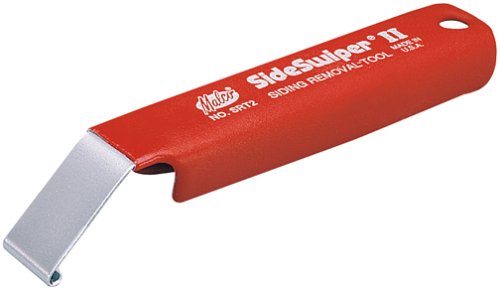flipside82
Member
- Joined
- Jan 24, 2017
- Messages
- 20
- Reaction score
- 1
I am in the process of finishing our basement in our 4 year old house. While putting up some drywall nailers, I noticed moisture behind the plastic vapor barrier between the plastic and spray foam insulation. The moisture is only near the floor joists and not down the rest of the wall and only spreads about 4 ft. The rest of the wall with the vapor barrier is completely dry. The wall is an exterior wall and sits on top of a 4ft cement wall to make a daylight basement. Directly above the spot with the moisture is our dining room and sliding door to the deck. The spray foam between the floor joists is completely dry and is not covered with plastic. There seems to be some grayish mildew on the studs where the moisture was in vapor barrier. I’m not sure what is causing the moisture. Should there be a vapor barrier over spray foam? If there was a leak from the outside, wouldn’t the floor joist cavity also be wet or moisture further down the wall? I am worried about this before I put drywall up on the wall. Looking for ideas, suggestions, answers that might help me solve this. Thanks in advance.










